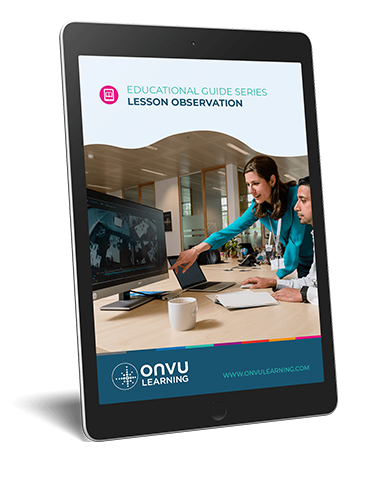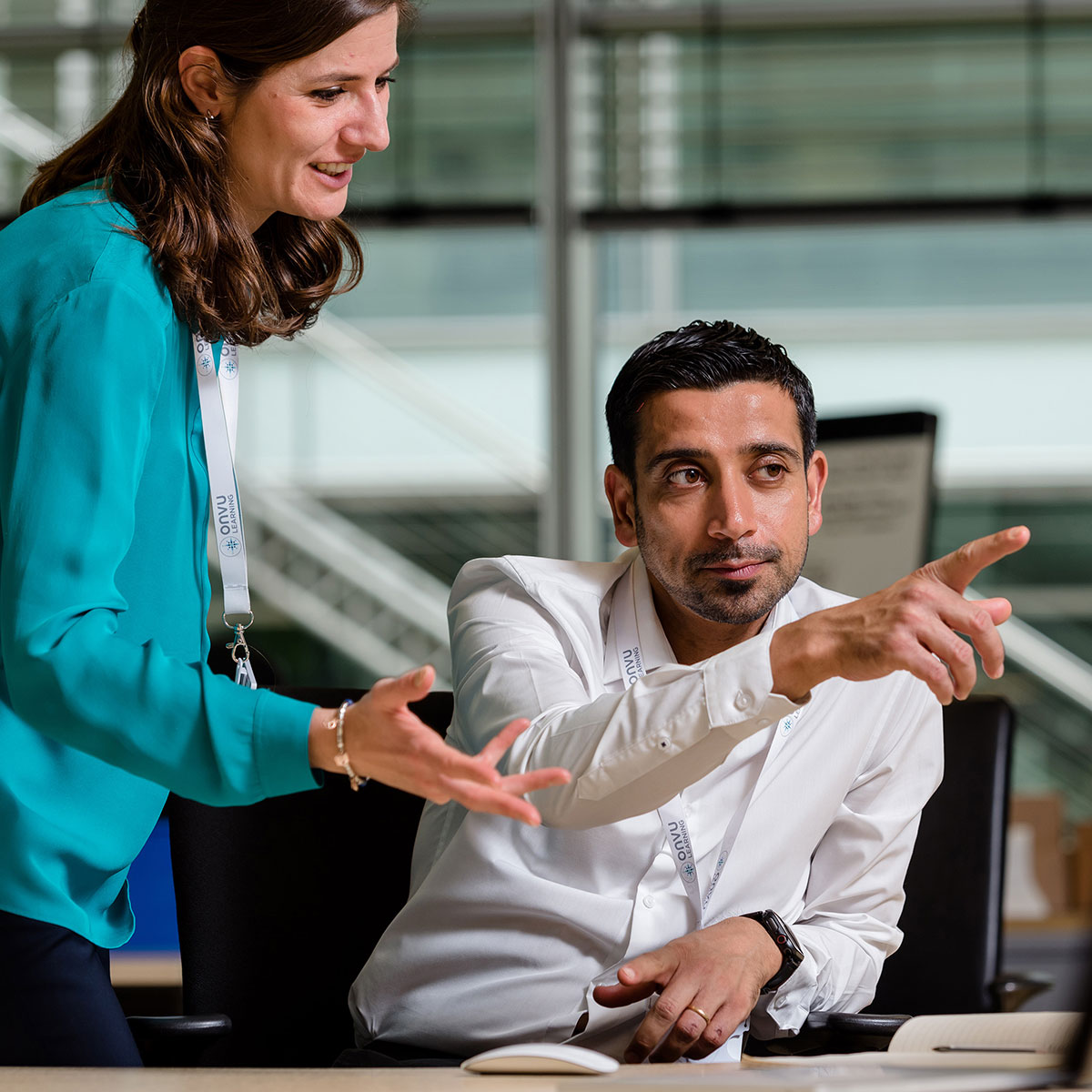- Lesson Observation Blogs
- 5 Minute Read


A lesson observation is the process where one or more observers watch a real-life lesson in order to provide feedback to the teacher delivering the lesson. It has been practised for a long time. In Japan, lesson study has a history that goes back over one hundred and forty years! However, in many countries lesson observation, at least of experienced teachers, was not that common during the 20th century – this article points out the relative freedom teachers had in the 1980s in the UK.
This changed from the 1990s in many countries – the idea that teachers could and should be assessed and graded on individual lessons was used more and more and linked to overall school performance reports as well as being used to manage teachers and determine whether they should receive pay increases. In England for example lessons were graded by the national OFSTED school inspectorate (set up in 1992) into one of 4 categories and used to set the overall grading of the school – with potentially highly significant consequences for the school and individuals.
Growing evidence over time, however, found that this was an ineffective use of lesson observation with potentially negative consequences on teacher retention. For example in England graded observations by OFSTED were ended in 2014 and replaced with a greater focus on student progress.So, where are we today? Observations in one form or another take place in all schools. Research shows that over 40% of schools were still carrying out graded observations in early 2020, while others have tried ideas from learning walks (where a number of lessons are observed at the same time) to remote video-based coaching.
There is a significant amount of evidence now to show that using observation for grading individual teachers is not effective – this article by Professor Robert Coe brings much of it together. However, there is also growing evidence that using observations as part of a non-judgmental and ongoing coaching process can create positive change . For example a 2017 meta-analysis found 33 rigorous studies evaluating teacher-based coaching programmes with an average effect size of 0.58, conventionally considered to be a ‘large’ effect. (Kraft MA, Blazar D and Hogan D (2018). The Effect of Teacher Coaching on Instruction and Achievement: A Meta-Analysis of the Casual Evidence, Review of Educational Research).
This chimes with our experience at ONVU Learning – when we work with schools that have a learning culture, observations lead to significant positive change.
The best or outstanding lesson observation would be one that engages teachers in a discussion about what happens in their classroom and helps them to improve outcomes for their students. We’d suggest observers do the following before the lesson to best prepare…
Other commentators have made other suggestions for ideal observations, including…
Traditionally whole lessons have been watched, but with the move towards continuous development, it’s important to get the most value out of observation and understand how to conduct a successful lesson observation.
Lesson observations have usually lasted for whole lessons but given the amount of time needed to review the whole lesson, and the move towards assessing learning over time, academic advice is suggesting that this may not be ideal.
It’s also important that time is set aside not just for the observation but to prepare for the session and to discuss it afterwards. At many of our partner schools regular time is set aside each week for teacher Continuing Professional Development (CPD) and that means that lessons can be discussed quickly, and actions taken in response.
The summary above shows the dilemma facing schools around lesson observation – short vs long term and performance management vs real classroom improvement.
You need to work from the top. Ensure that senior set a ‘vision’ for the project. This needs to state clearly that the aim of the programme is to improve teaching, that the necessary time and resources will be allocated, and that it will be supported by a named senior leader.
In our experience, the next step is to set up a pilot project within a subject or phase grouping it would be better to select on this basis rather than choosing participants from across your school. Let them work with you on the project plan and timing. Within this group observations should be it reciprocal. Teachers learn just as much from observing a lesson as delivering one, so it’s important that everyone gets the chance to watch and share their lessons, however senior they are. Once you’ve got the programme up and running, you can share your findings internally, and introduce more and more teachers to the programme.
You can also download our detailed ‘Lesson Observation Guide’ which goes into much more detail about all aspects of observation, including a plan for rolling out changes in your school.

The Lesson Observation guide shares best practice and ideas that are useful for the ECT as well as more seasoned teachers. It also includes helpful tips for those who are the observer.
KEEP IN TOUCH WITH ONVU LEARNING AND RECEIVE THE LATEST NEWS ON EDTECH, LESSON OBSERVATION, AND TEACHER TRAINING AND DEVELOPMENT.